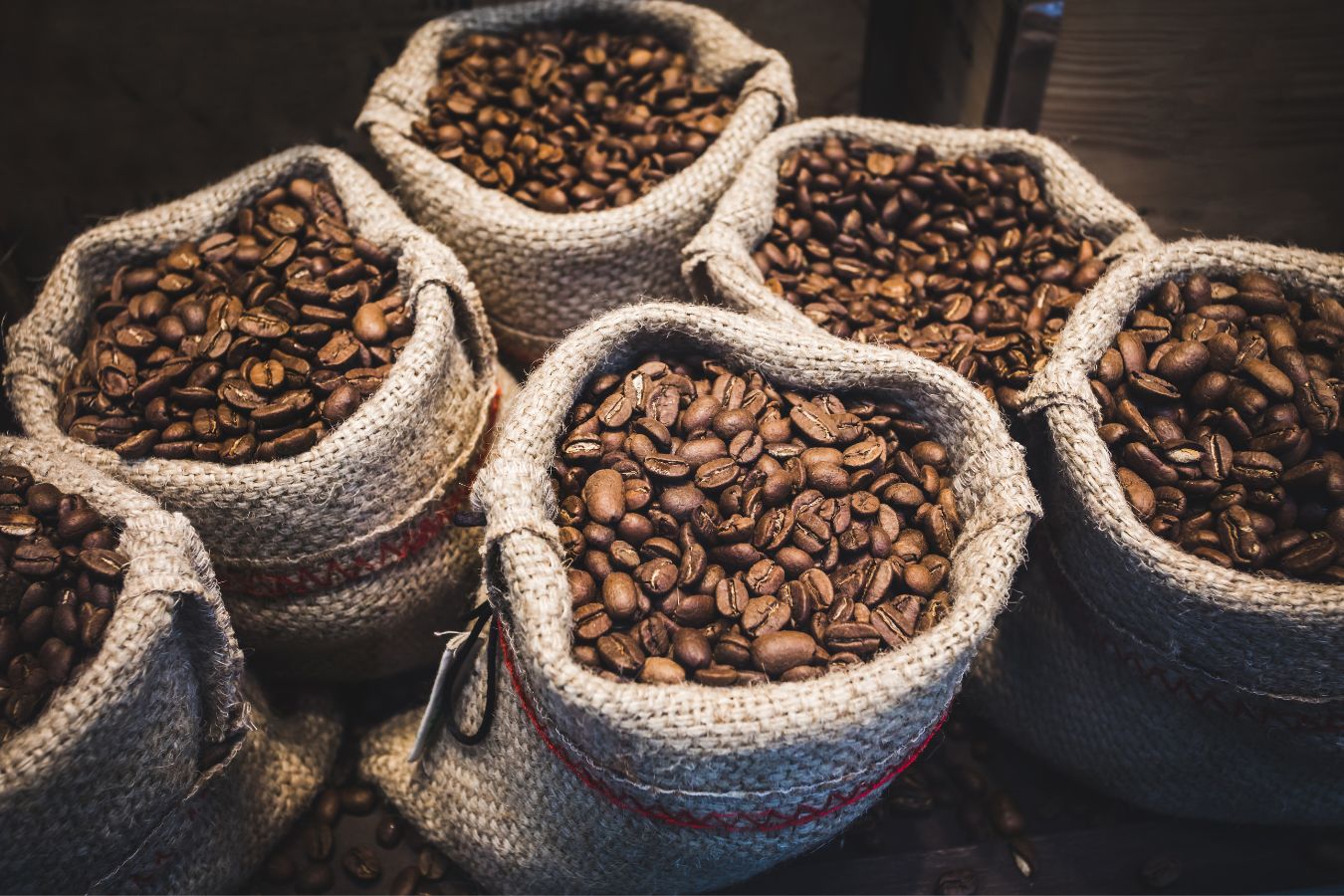
What Does A Standard Coffee Bag Weigh?: 60 kg bags are frequently made from jute and weigh about 130 pounds. Originally distributed in Brazil, this bag became a symbol of international standards in 1960.
A standard coffee bag usually contains between 7-10 grams (0.25-0.35 ounces) of ground coffee. This is typically enough to make one 8-ounce (240 ml) cup of coffee, depending on your desired strength and taste preferences. Keep in mind that coffee bags can come in various sizes and weights, so it’s essential to check the packaging for specific information about the coffee bag you’re using.
It has even been used as a measure of coffee production by the World Food Organization (FOFO). So now, what does a standard coffee bag weigh?
What is a coffee bag for shipping and storing coffee?
A coffee bag is a container used for shipping and storing coffee. Coffee beans are usually transported in large jute sacks, while coffee sold to consumers may be packaged as beans or ground coffee in a small, sealed plastic bag.
When referring to a coffee bag used for shipping and storing coffee, is usually a larger, durable bag made from materials like jute, burlap, or polypropylene. These bags are designed to hold and transport bulk quantities of green (unroasted) or roasted coffee beans.
The standard size for these bags is typically around 60-70 kilograms (132-154 pounds) of coffee, although some bags may hold as much as 100-150 pounds (45-68 kilograms) or as little as 10-20 pounds (4.5-9 kilograms), depending on the supplier and specific requirements. These bags help protect the beans from moisture, light, and pests during transportation and storage while also allowing for some airflow to prevent mold and mildew growth.
Coffee bags for Bulk coffee
Coffee bags for bulk coffee are designed to hold large quantities of green (unroasted) or roasted coffee beans during transportation and storage. They are typically made from materials such as jute, burlap, or woven polypropylene, which provide durability and some level of protection against external factors like moisture, light, and pests. These materials also allow for adequate airflow, which helps prevent mold and mildew growth.
Common sizes for bulk coffee bags include:
- 60-70 kilograms (132-154 pounds) – This is the standard size for most coffee bags used in the industry to transport and store green coffee beans.
- 100-150 pounds (45-68 kilograms) – Some larger bags can hold this amount of coffee, depending on the supplier and specific requirements.
- 10-20 pounds (4.5-9 kilograms) – Smaller bags are also available for smaller quantities of coffee beans or specialty roasts.
In addition to the traditional jute or burlap bags, some bulk coffee bags feature additional layers or liners to provide extra protection. These may include plastic, foil, or vacuum-sealed liners to maintain freshness and prevent oxidation.
It’s important to store bulk coffee bags in a cool, dry place, away from direct sunlight and strong odors, to maintain the quality and flavor of the coffee beans inside.
Large bulk bags, burlap bags, or gunny sacks are traditionally used for storing and transporting coffee beans. Often it is made of jute and has a content of 60 kilograms (130 pounds), this type of bag originated in Brazil and became a worldwide standard. It has also become a measurement unit today; for example, FAO‘s statistics on coffee production are expressed in 60-kg bags.
Jute fibers are treated with mineral oil, or historically whale oil, to improve spinnability, which raised questions about coffee contamination from these hydrocarbons. However, further studies showed it to be infinitesimal. Bags with synthetic fibres (woven or non-woven) are commonly used now.
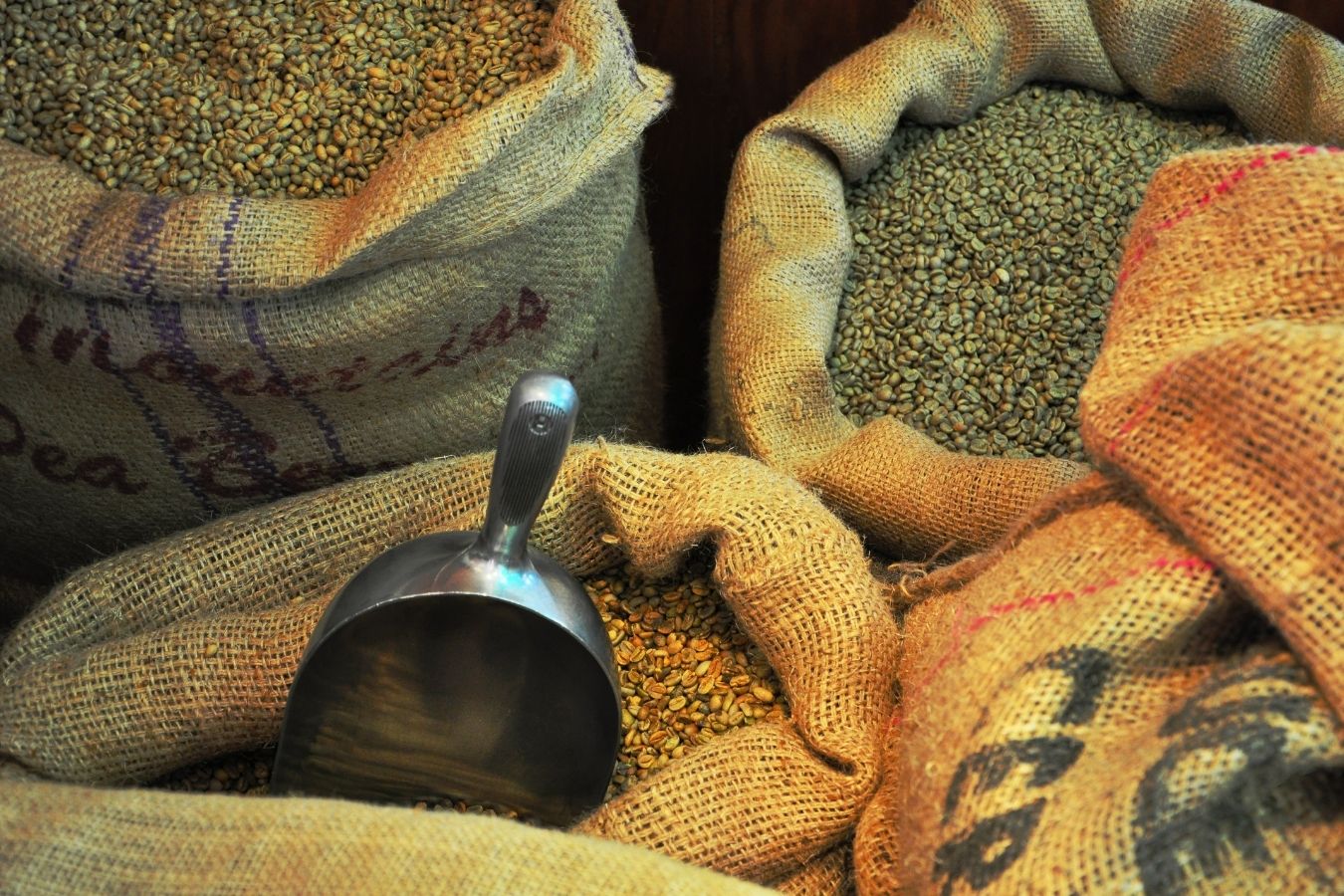
Once used, these decorative bags can be recycled or upcycled for many uses, including clothing.
The 60 kg sack is starting to be replaced by colossal polypropylene or polyethylene bags, such as the flexible intermediate bulk container. These are increasingly used for coffee exports – especially from Brazil. Intermodal shipping containers are standard for international shipping.
Coffee bags for Consumer packaging
Coffee bags for consumer packaging are designed to hold smaller quantities of roasted coffee beans or ground coffee, making them suitable for retail sales and home use. These bags come in various sizes, ranging from a few ounces to several pounds. They are made from materials that provide protection against external factors like light, moisture, and oxygen, which can affect the freshness, flavor, and aroma of the coffee.
Some common features of coffee bags for consumer packaging include:
- Multi-layer materials: Many coffee bags use multiple layers, such as aluminum foil, plastic, or kraft paper, to provide a barrier against moisture, oxygen, and light. These layers help maintain the freshness and quality of the coffee inside.
- Resealable closures: Consumer coffee bags often feature ziplock or resealable closures, which allow customers to seal the bag after opening it, helping to maintain freshness and prevent exposure to air.
- One-way degassing valves: These valves allow carbon dioxide, a natural byproduct of freshly roasted coffee, to escape the bag without letting oxygen in. This helps to preserve the freshness and flavor of the coffee while preventing the bag from puffing up or bursting due to built-up gas pressure.
- Branding and labels: Coffee bags for consumer packaging often include attractive designs, logos, and labels to convey information about the coffee, such as origin, roast level, flavor notes, and brewing instructions.
- Sizes: Consumer coffee bags come in a variety of sizes, typically ranging from 8 to 16 ounces (227 to 454 grams), but they can also be found in smaller or larger sizes depending on the brand and customer preferences.
When selecting a coffee bag for consumer packaging, it’s essential to consider factors such as the target market, the type of coffee being sold (whole bean or ground), and the desired shelf life.
Consumers use smaller bags for coffee beans or ground coffee. Multi-layer, high graphics bags have largely replaced steel cans (tins) for consumer ground coffee. There is a tendency for carbon dioxide to build up in these barrier bags.
Special pressure relief valves have been developed to relieve stress without letting the atmosphere into the bags. Valves are either heat-sealed or attached by adhesive. The bags are not readily recyclable but compare favorably in life-cycle studies with metal cans on broader issues.
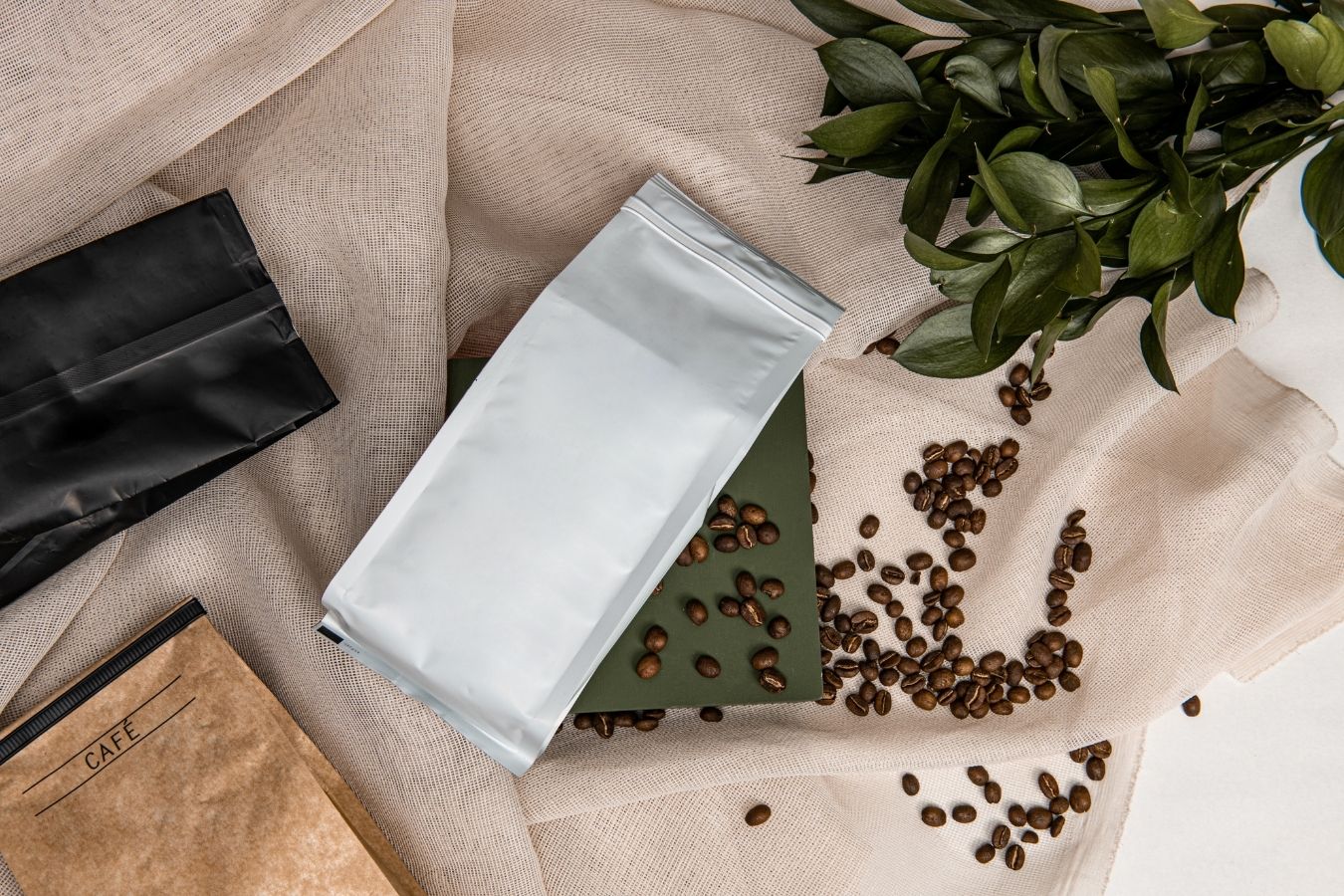
Standard Coffee Sack Weights
Standard coffee sack weights can vary between countries and regions. However, the most common standard size for coffee sacks is around 60-70 kilograms (132-154 pounds) of coffee. This size is prevalent in many coffee-producing countries like Brazil, Colombia, and Ethiopia. Here are some examples of standard coffee sack weights for specific countries or regions:
- Brazil: 60 kilograms (132 pounds)
- Colombia: 70 kilograms (154 pounds)
- Ethiopia: 60 kilograms (132 pounds)
- Guatemala: 69 kilograms (152 pounds)
- India: 50 kilograms (110 pounds) or 60 kilograms (132 pounds)
- Indonesia: 60 kilograms (132 pounds)
- Kenya: 60 kilograms (132 pounds)
- Mexico: 69 kilograms (152 pounds)
- Peru: 69 kilograms (152 pounds)
- Vietnam: 60 kilograms (132 pounds)
In Vietnam, the standard coffee sack weight for green coffee beans is typically 60 kilograms (132 pounds). However, as with other coffee-producing countries, there may be variations depending on the supplier, farm, or specific requirements. Smaller or larger bags might be used for specialty coffee or smaller shipments. It’s important to verify the weight with the specific supplier or exporter when dealing with Vietnamese coffee.
These weights are not strict rules, and variations may occur depending on the supplier, farm, or specific requirements. Additionally, smaller bags or boxes of 10-20 kilograms (22-44 pounds) or other non-standard sizes might be used for specialty coffee or smaller shipments.
It’s essential to note that these weights refer to green (unroasted) coffee beans, which are typically shipped and traded in bulk before being roasted and packaged for consumer use.
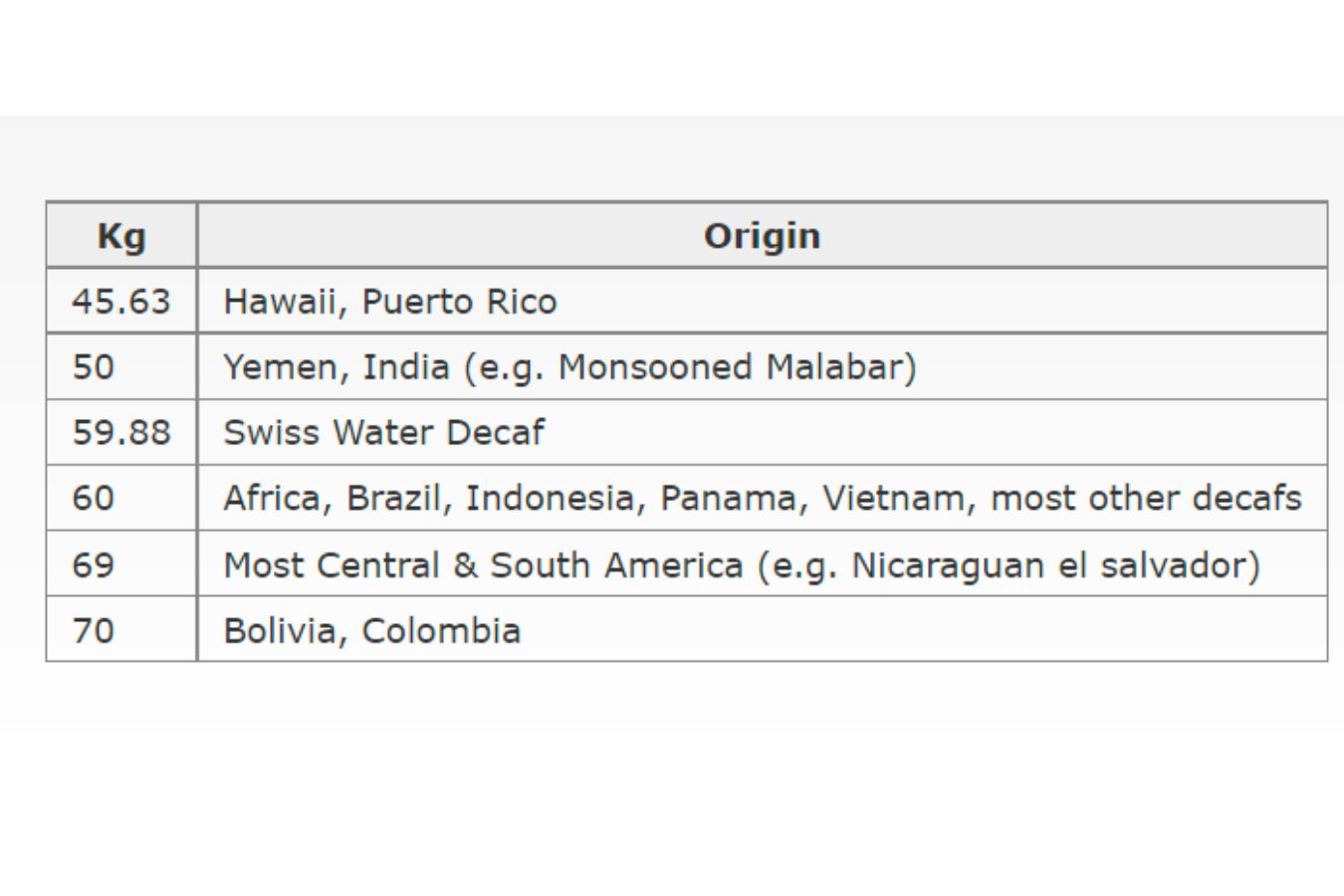
How Much Does A Green Coffee Bag Weigh?
A green coffee bag, which contains unroasted coffee beans, typically weighs around 60-70 kilograms (132-154 pounds). This is the standard size for coffee bags used in the industry to transport and store green coffee beans. However, these weights can vary depending on the country, supplier, or specific requirements, with some bags weighing as much as 100-150 pounds (45-68 kilograms) or as little as 10-20 pounds (4.5-9 kilograms).
It’s important to note that the weight mentioned refers to the coffee beans inside the bag, not the combined weight of the bag and its contents. The actual weight of an empty coffee bag made of jute or burlap is relatively low, usually around 1-2 pounds (0.45-0.9 kilograms).
To make it more accurate, we used these large, authentic burlap (jute) bags to transport the Green Coffee from Bolivia to the United States. Just some bags were left inside and added to the shipping cost. They measure 644 grams (about 23 ounces) in weight.
How Many Grams Are In A Coffee Jute Bag?
To make a coffee bag, fill the mug with boiled water, add the coffee bag, and brew it for a couple of minutes. The combined caffeine content in each coffee bag equals about 9 grams, making it a potent drink.
If you are asking about the weight of an empty coffee jute bag, it usually weighs between 500-1,000 grams (1.1-2.2 pounds), depending on the size, thickness, and quality of the jute material. The weight of the bag itself can vary, so it is essential to consider that the figures mentioned are approximate.
In Vietnam, a jute bag weighs 0.7 kg = 700 grams.
How Many Oz Is A Normal Coffee Bag?
Are you sure which strength est your coffee to be? It’s just fine to keep the 12-ounce bag, whether whole beans are sold, or ground coffee is bought. You still get around 12 ounces of coffee if you turn over a bit with the grinder. However, you may lose one part of the process.
When referring to a retail coffee bag designed for consumer use, a normal coffee bag generally contains between 8 to 16 ounces (227 to 454 grams) of roasted coffee beans or ground coffee. The specific weight can vary depending on the brand or the packaging size, with some bags containing smaller amounts like 4 ounces (113 grams), or larger quantities up to 32 ounces (907 grams) or more.
In summary, a normal coffee bag for consumer use typically contains:
- 8 ounces (227 grams)
- 12 ounces (340 grams)
- 16 ounces (454 grams)
These are the most common sizes, but variations may occur depending on the brand, product, or customer preferences.
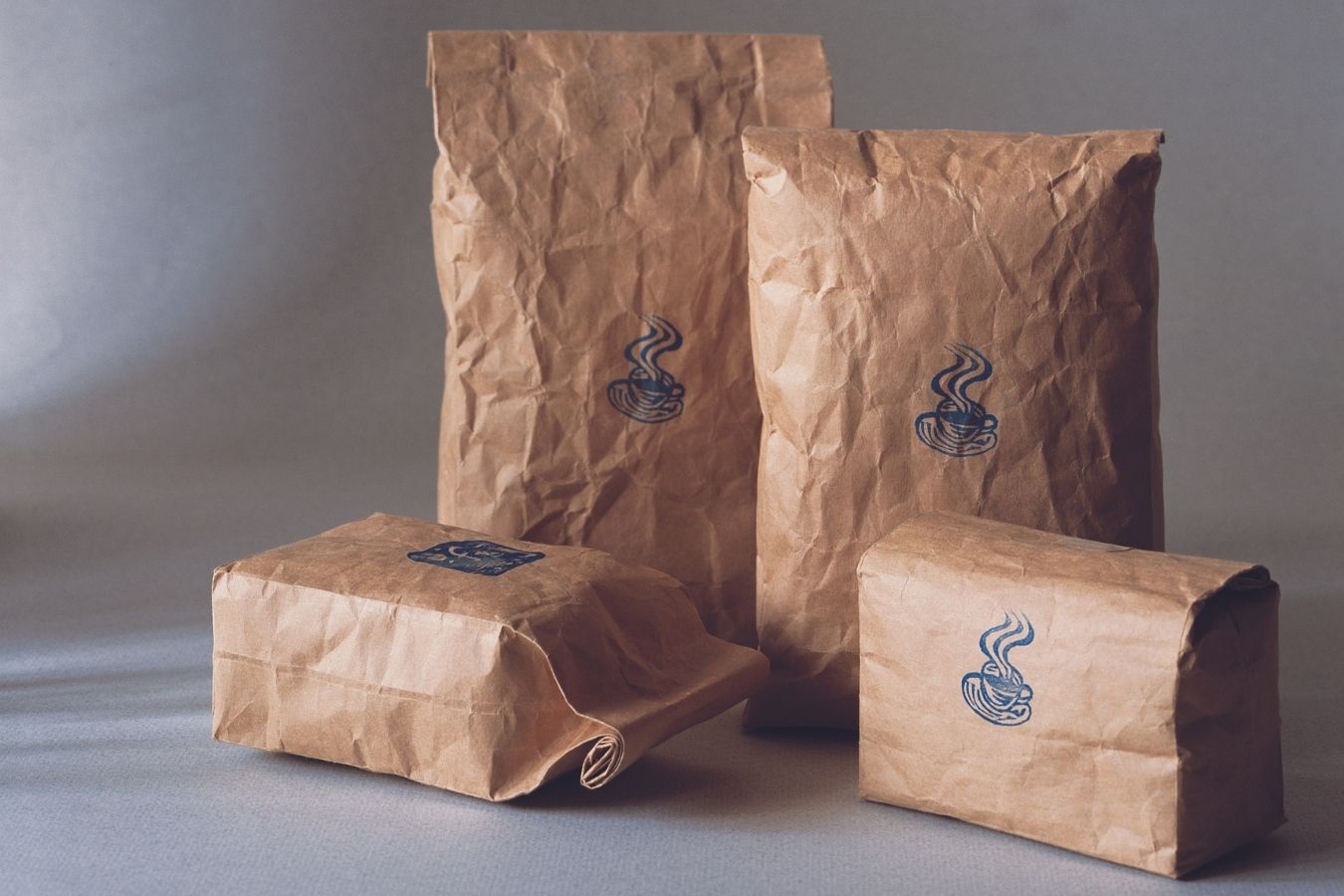
How Heavy Is A Bag Of Coffee?
When referring to a retail coffee bag designed for consumer use, a normal coffee bag generally contains between 8 to 16 ounces (227 to 454 grams) of roasted coffee beans or ground coffee. The specific weight can vary depending on the brand or the packaging size, with some bags containing smaller amounts like 4 ounces (113 grams), or larger quantities up to 32 ounces (907 grams) or more.
In summary, a normal coffee bag for consumer use typically contains:
- 8 ounces (227 grams)
- 12 ounces (340 grams)
- 16 ounces (454 grams)
These are the most common sizes, but variations may occur depending on the brand, product, or customer preferences.
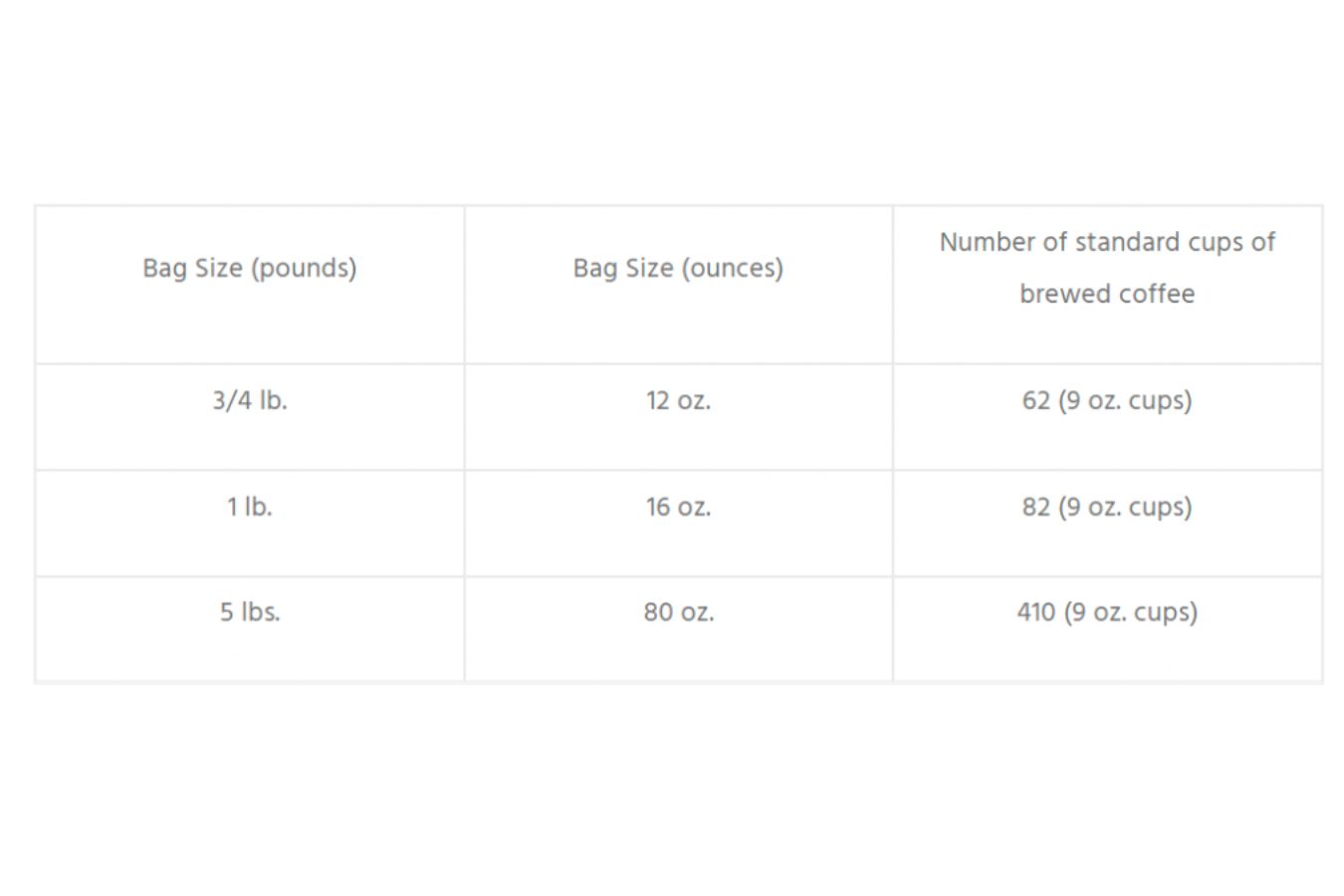
How Many Pounds Is A Coffee Sack?
A coffee sack, designed for transporting and storing green (unroasted) coffee beans, typically weighs around 60-70 kilograms (132-154 pounds). This is the standard size for coffee bags used in the industry, although the weight can vary depending on the country, supplier, or specific requirements.
In summary, a coffee sack generally weighs:
- 132 pounds (60 kilograms)
- 154 pounds (70 kilograms)
These are the most common weights, but there may be variations, with some coffee sacks weighing as much as 100-150 pounds (45-68 kilograms) or as little as 10-20 pounds (4.5-9 kilograms).
How Much Is A 60 Kg Bag Of Coffee?
The cost of a 60 kg (132 pounds) bag of green coffee beans can vary significantly depending on several factors such as coffee quality, origin, market conditions, and the specific supplier. Additionally, prices may fluctuate over time due to factors such as supply and demand, weather events, or changes in the global coffee market.
To get an approximate cost, you can refer to the coffee commodity prices, which are typically quoted in cents per pound for green (unroasted) Arabica and Robusta coffee beans. You can find these prices on financial websites or platforms that track commodity markets. Keep in mind that these prices are a general reference and do not account for differences in quality, transportation, or other costs.
To calculate the cost of a 60 kg bag of coffee, first convert the price per pound to the price per kilogram:
Price per kilogram = (Price per pound in cents / 100) * 2.20462
Then multiply the price per kilogram by 60 kg:
Cost of a 60 kg bag = Price per kilogram * 60
Please note that this calculation provides a rough estimate, and the actual cost may differ based on the factors mentioned earlier. For a more accurate price, it’s recommended to contact coffee suppliers, wholesalers, or importers directly.
You can see more of the price at Helena’s Coffee Products.
That would put a 70 kg sack between $340 – $925 or an equivalent of a fully formed 60 kg bag between $290 and $795 for sale.
